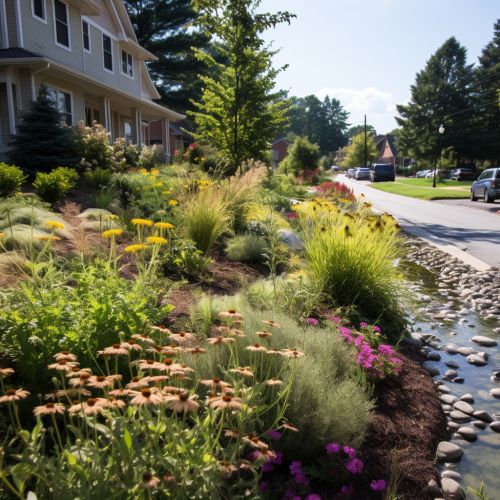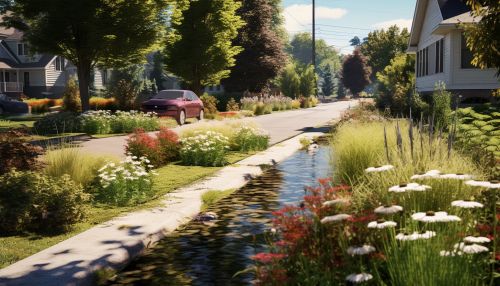Surface runoff
Introduction
Surface runoff is the flow of water that occurs when excess stormwater, meltwater, or other sources flow over the Earth's surface. This might occur because soil is saturated to full capacity, because rain arrives more quickly than soil can absorb it, or because impervious areas (roofs and pavement) send their runoff to surrounding soil areas.
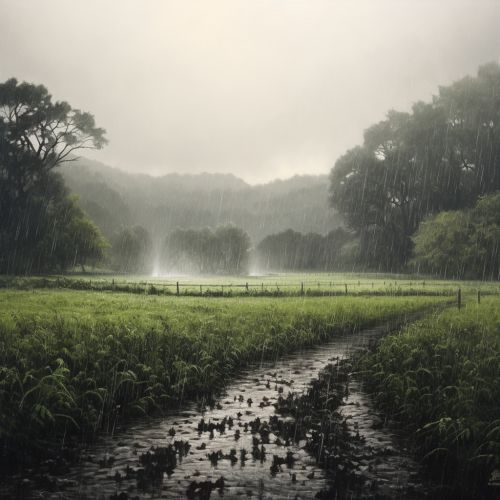
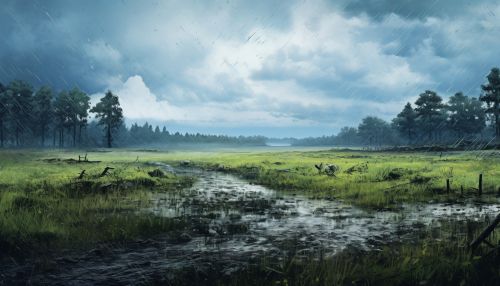
Formation
Surface runoff is a major component of the water cycle. It is the primary agent of soil erosion by water. The land area producing runoff that drains to a common point is called a drainage basin.

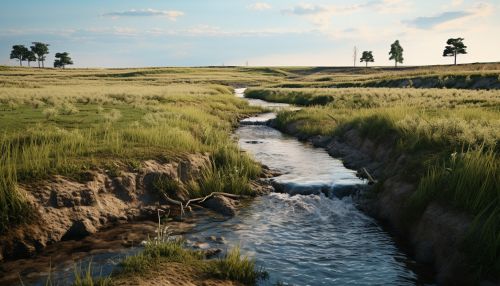
Factors Influencing Runoff
Runoff that occurs on the ground surface before reaching a channel is also called overland flow. A land area which produces runoff draining to a common point is called a watershed. When runoff flows along the ground, it can pick up soil contaminants such as petroleum, pesticides, or fertilizers that become discharge or nonpoint source pollution.


Effects of Surface Runoff
Surface runoff can cause erosion and also carry chemicals and substances on the ground surface along to the receiving waters. This can lead to a pollution of the water, depending on the nature of the substances it picks up.
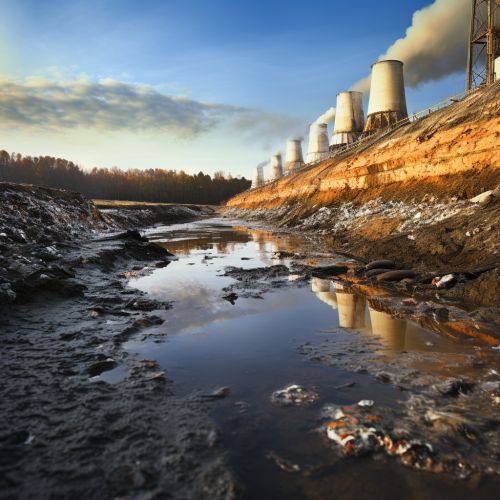
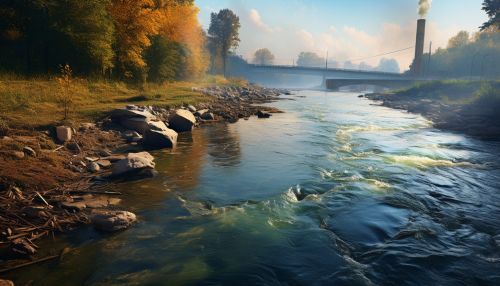
Management of Surface Runoff
Effective management of surface runoff focuses on reducing runoff and improving water quality. This can be achieved through land development planning and design practices such as rain gardens, pervious concrete, and green roofs.
